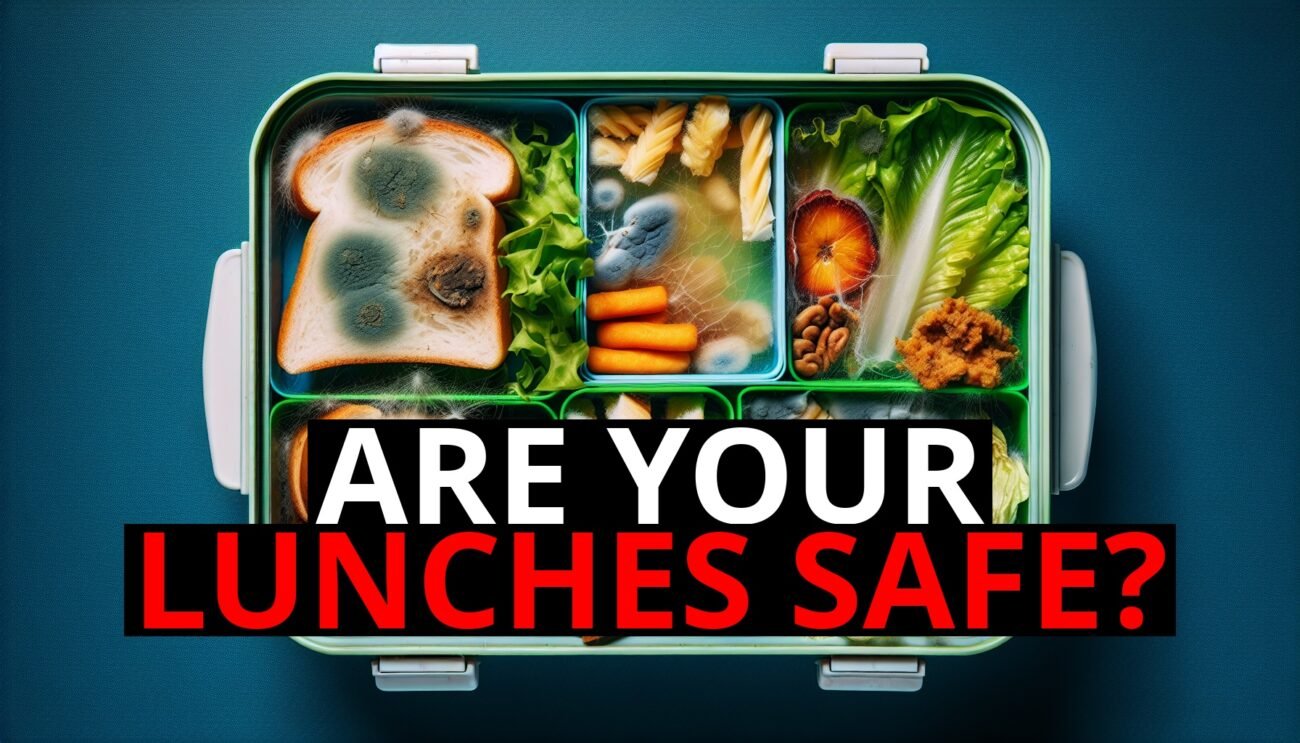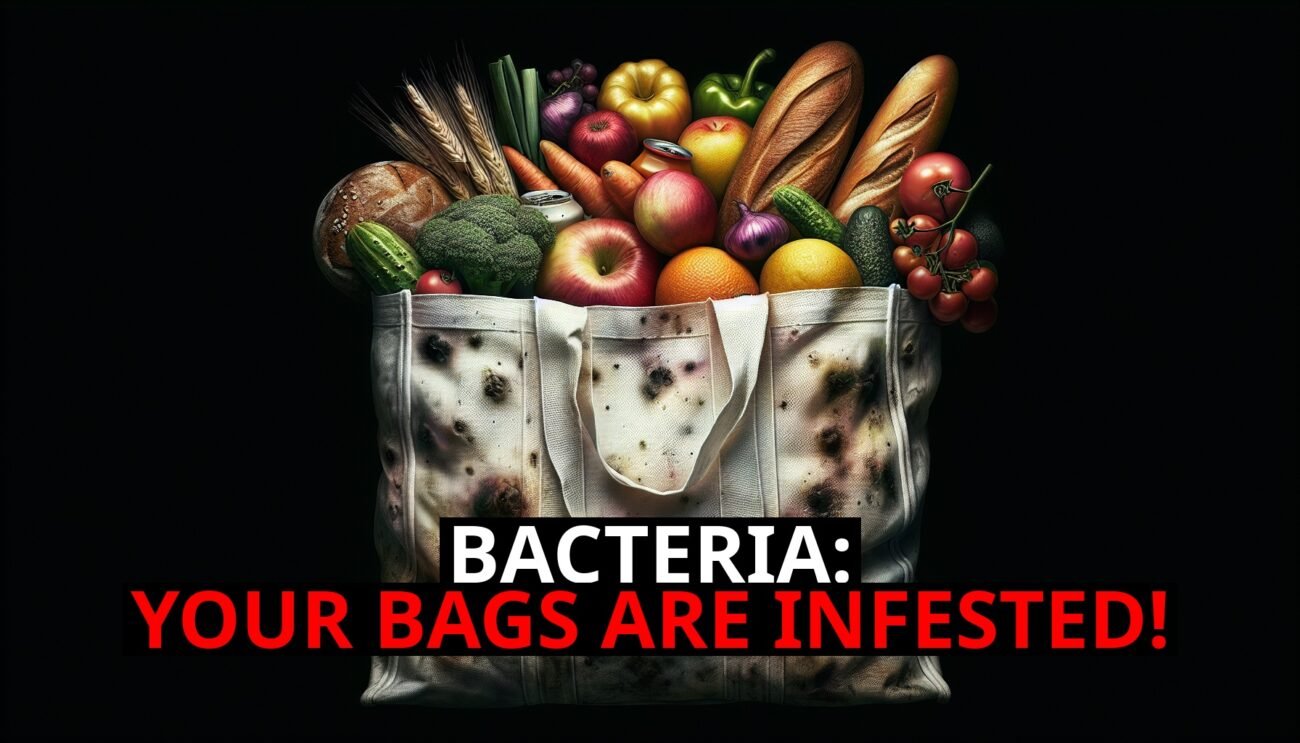Are Your Eco-Friendly Containers Really As Safe As They Seem?
You’re committed to reducing your environmental footprint, so you’ve made the switch to eco-friendly food containers. Bamboo, biodegradable plastics, and other sustainable materials fill your kitchen cabinets, and you feel good knowing you’re doing your part for the planet. But as you pat yourself on the back, a question lingers: Are these eco-friendly containers really as safe as they seem?
While these alternatives are touted as the greener choice, it’s essential to look beyond the label and examine their potential impact on your health. Could your well-intentioned switch to bamboo and biodegradable containers be putting you at risk? Let’s dive into the truth behind these materials and find out if they’re truly safe for you and your family.
Bamboo Containers: The Natural Choice With A Hidden Catch
Bamboo is celebrated for its sustainability. It’s a fast-growing, renewable resource that doesn’t require pesticides or fertilizers. Bamboo containers have become popular for their natural, earthy appeal and their reputation as an eco-friendly alternative to plastic. But is bamboo as safe as it is green?
– Chemical Additives: While bamboo itself is natural, the process of turning it into food containers often involves mixing bamboo fibers with melamine resin, a type of plastic. Melamine is used to bind the fibers and make the container durable and heat-resistant. However, when heated, melamine can potentially leach into food, especially if the container is used in the microwave. Melamine exposure has been linked to kidney problems and other health issues, raising concerns about the safety of these containers.
– Durability Concerns: Bamboo containers, especially those mixed with melamine, are not as durable as they might seem. They can crack, chip, or degrade over time, especially if they’re exposed to heat or acidic foods. These imperfections can increase the risk of chemicals leaching into your food.
– Environmental Impact: While bamboo is a sustainable resource, the addition of melamine and other chemicals complicates the recycling process. Bamboo-melamine containers are not biodegradable and can contribute to plastic pollution if not properly disposed of.
Biodegradable Plastics: A Green Solution Or A Hidden Hazard?
Biodegradable plastics are often marketed as the future of sustainable food storage. These plastics are designed to break down more quickly than traditional plastics, reducing their impact on landfills and the environment. But when it comes to food safety, how do these materials measure up?
– Chemical Composition: Biodegradable plastics are made from a variety of materials, including plant-based substances like corn starch or sugarcane, as well as traditional petrochemicals. While they’re designed to decompose more rapidly, the process isn’t always straightforward. Some biodegradable plastics still contain chemical additives that can leach into food, particularly when the container is heated.
– Incomplete Decomposition: In reality, many biodegradable plastics require specific conditions to break down, such as high heat or industrial composting facilities. In home environments, they may not decompose as intended, leading to similar environmental and health risks as traditional plastics.
– Safety Concerns: The safety of biodegradable plastics depends on their composition. Containers made from pure plant-based materials without chemical additives are generally safer, but those mixed with synthetic chemicals can pose similar health risks as regular plastics. The lack of regulation and transparency around these products makes it difficult to know exactly what you’re getting.
Evaluating Alternative Materials: What To Consider
When choosing eco-friendly containers, it’s important to consider both their environmental impact and their safety for everyday use. Here are some key factors to keep in mind:
– Material Transparency: Look for products that clearly state what materials they’re made from. Avoid containers that combine natural materials with synthetic resins or plastics, as these can compromise both safety and sustainability.
– Heat Resistance: Be cautious with eco-friendly containers that claim to be microwave-safe. Heating can increase the risk of chemical leaching, especially with materials like bamboo-melamine or certain biodegradable plastics.
– Durability and Longevity: Consider how long the container is likely to last. Products that degrade quickly or become damaged easily are more likely to release chemicals into your food and may not be as environmentally friendly in the long run.
– End-of-Life Disposal: Think about what happens to the container when you’re done with it. Truly eco-friendly products should be compostable or recyclable without leaving harmful residues behind.
Safer Alternatives: How To Make The Best Choice
If you’re looking for truly safe and sustainable food storage options, consider these alternatives:
– Glass Containers: Glass is a non-toxic, durable, and fully recyclable material that doesn’t leach chemicals into your food. It’s safe for both hot and cold foods and can be used in the microwave and oven.
– Stainless Steel: Stainless steel containers are another safe, durable option. They’re free from harmful chemicals, resistant to stains and odors, and can be used for a variety of foods.
– Pure Silicone: Food-grade silicone is a safe, flexible alternative to plastic. It’s free from BPA, phthalates, and other harmful chemicals, and it’s heat-resistant, making it a good choice for food storage.
– Beeswax Wraps: For wrapping food, beeswax wraps are a natural, biodegradable option. They’re made from cotton infused with beeswax, jojoba oil, and tree resin, providing a safe and sustainable alternative to plastic wrap.
Conclusion: Balancing Eco-Friendliness With Safety
While the move toward eco-friendly food containers is a positive step for the environment, it’s important to ensure that these alternatives are also safe for your health. Bamboo and biodegradable plastics offer promise, but they come with potential risks that can’t be ignored. By choosing materials like glass, stainless steel, and pure silicone, you can enjoy the benefits of sustainability without compromising your well-being. Remember, being eco-friendly doesn’t just mean choosing green—it means choosing safe, too.













